1. Leech Collector

In the days when doctors thought bloodletting could cure almost anything, someone had to gather the leeches. That job often fell to poor laborers, usually women, who would wade barefoot into ponds and streams so the leeches could attach themselves to their legs. Once enough had latched on, they’d peel them off and collect them in jars. It was messy, uncomfortable, and often left the collectors weak from blood loss.
Leeches were in high demand for centuries, so the work, while grueling, was considered valuable. Some collectors would even train livestock to wade into water to do the job for them. The risks were real though, since infections were common. All that for the sake of keeping doctors supplied with their wriggly “medical tools.”
2. Sin-Eater
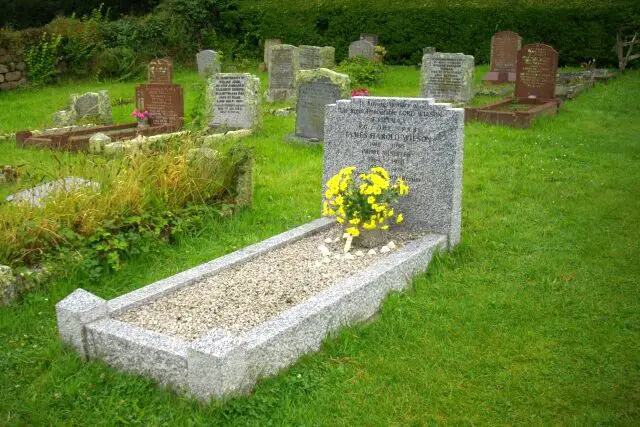
In parts of old Britain and Wales, families once paid someone to take on the sins of the recently departed. The “sin-eater” would eat bread and drink ale placed on the chest of a corpse, symbolically consuming their wrongdoings. It was a grim job, often performed by desperate men who lived on the margins of society.
The idea was that by doing this, the deceased could enter the afterlife free of guilt. Sin-eaters were shunned while alive, thought of as spiritually tainted, but families still relied on them. It’s eerie to imagine someone’s dinner being tied to eternal salvation. Today, it sounds like something out of a gothic novel rather than a real profession.
3. Knocker-Up
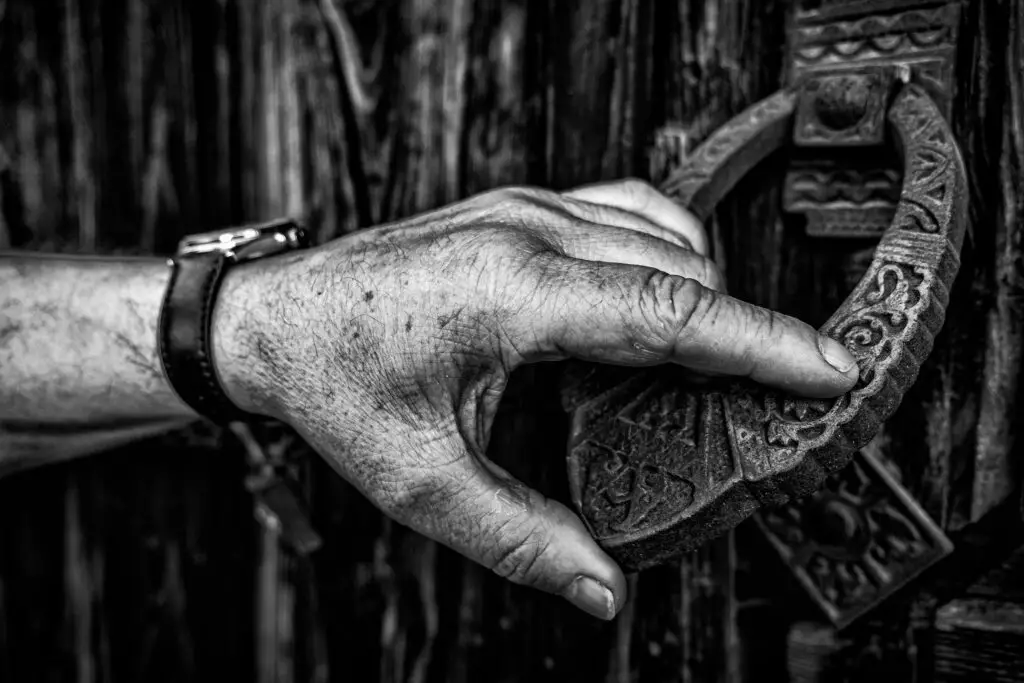
Before alarm clocks were widespread, people relied on “knocker-ups” to make sure they woke up on time. Armed with long sticks, rattles, or pea shooters, they’d tap on bedroom windows until the customer stirred. This was especially important for factory workers who had strict shift schedules.
It might seem silly now, but for many working-class families, a knocker-up was a necessity. Some were so skilled they remembered dozens of wake-up times without writing them down. Others got creative, firing peas at windows or knocking on pipes to rouse sleepers. Imagine paying someone just to stand outside your home every morning to annoy you awake.
4. Whipping Boy
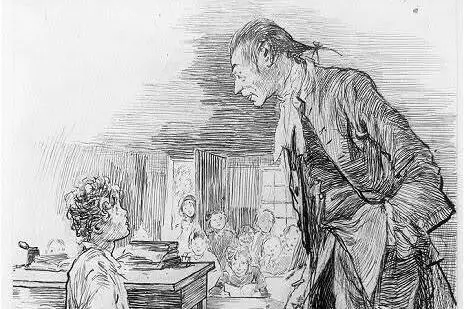
In royal courts of the past, punishing a prince was out of the question. So, when young heirs misbehaved or neglected their studies, a designated “whipping boy” received the punishment instead. The idea was that seeing his friend suffer would instill guilt in the prince and encourage better behavior.
These boys often became close companions to royalty, sharing lessons and games, but their fate wasn’t enviable. A spoiled or rebellious prince could cause them endless suffering. The practice was controversial even then, though it persisted for generations. Today, it seems almost too cruel and absurd to have actually existed.
5. Groom of the Stool

In Tudor England, one of the most intimate royal jobs was helping the king use the toilet. The “Groom of the Stool” was responsible for everything from preparing water and linen to managing the monarch’s bathroom schedule. Despite the humiliating duties, it was a position of prestige, since it meant constant access to the king.
Those who held the role often gained political influence, because they were among the few trusted to be alone with the ruler. Imagine discussing matters of state while assisting in the most private of settings. It was both undignified and powerful at the same time. Truly, history has some strange definitions of honor.
6. Rat-Catcher
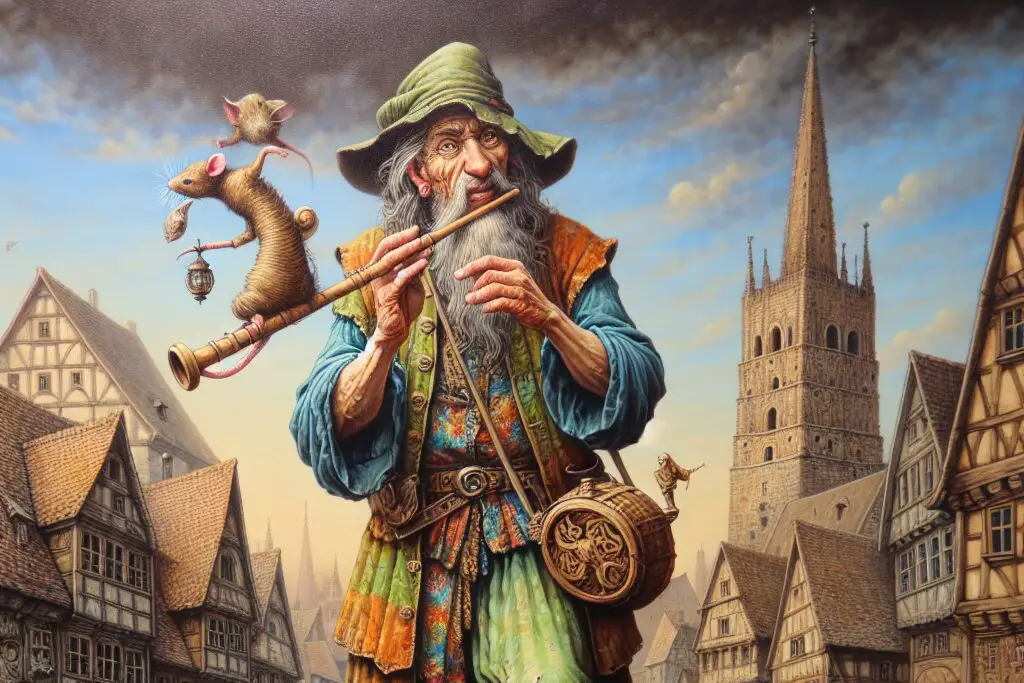
As cities grew, so did their rat populations. Rat-catchers were hired to reduce infestations, and they became a common sight in Victorian England. They used traps, dogs, ferrets, and sometimes even their bare hands to capture rodents. It was dangerous work, since rats carried diseases like plague.
Many rat-catchers also supplied live rats for bloodsport events like rat-baiting. Some became famous for their unusual skill, even advertising their services in newspapers. Despite the grime, it was steady employment when urban sanitation was still a work in progress. Looking back, the idea of someone proudly calling themselves a “rat-catcher” shows just how different daily life was.
7. Resurrectionist

Medical schools in the 18th and 19th centuries needed cadavers for anatomy lessons, but legal donations were scarce. That led to the rise of “resurrectionists,” or grave robbers who dug up fresh corpses to sell. It was a shady but lucrative trade, especially in cities with large teaching hospitals.
Families tried to protect graves with iron cages or by hiring guards. Still, body snatching became so common that public outrage eventually changed the laws to allow more legitimate cadaver donations. For the resurrectionists, sneaking around graveyards at night was simply business. But to everyone else, it was a horrifying violation.
8. Lector in Cigar Factories
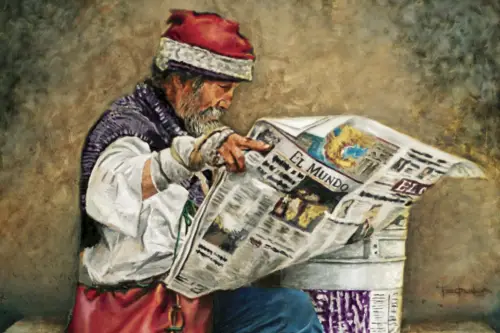
In Cuban and American cigar factories of the late 19th and early 20th centuries, workers paid someone to sit at the front of the room and read aloud while they rolled cigars. These “lectors” would read everything from newspapers to novels, keeping workers entertained and informed. It was like an early version of audiobooks for the workplace.
The lector often shaped the workers’ culture, introducing them to politics, philosophy, and literature. Some factories even had their own unique “reading lists.” While machines eventually replaced much of the hand-rolling work, the memory of lectors endures. It’s one of the few historic jobs that sounds more pleasant than bizarre.
9. Gong Farmer
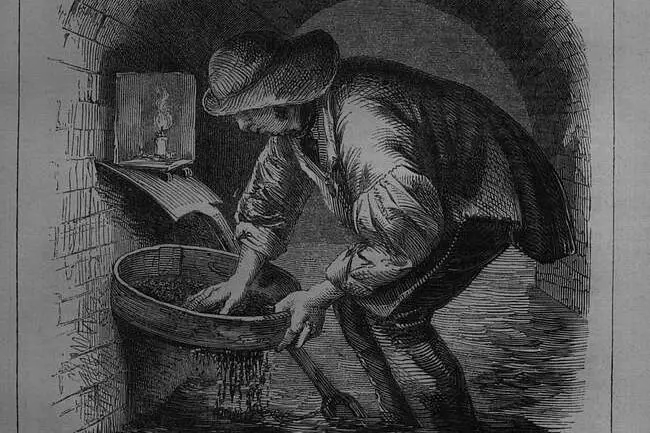
In medieval England, cesspits had to be cleaned out somehow, and that task fell to “gong farmers.” They worked at night, shoveling human waste from privies and cesspits into carts. The smell was overwhelming, and the work was hazardous, often causing illness or injury from fumes.
Despite the stigma, it was relatively well paid compared to other labor. Still, they had to live on the outskirts of towns due to the foul odor that clung to them. It’s not hard to see why few people volunteered for the job. “Gong farmer” might be the least glamorous title in all of history.
10. Powder Monkey
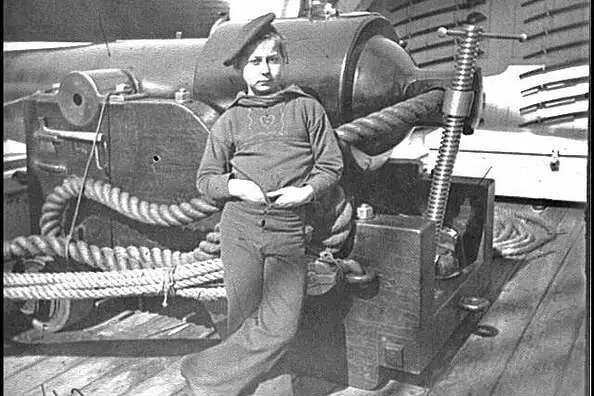
During the age of naval warfare, young boys served as “powder monkeys” aboard ships. Their duty was to run gunpowder from the ship’s hold to the cannons during battle. The job was frantic, dangerous, and often deadly, since they were prime targets when carrying explosive material.
Most powder monkeys were orphans or very poor children seeking a way to survive. Some grew up to become sailors, but many didn’t survive long enough to see adulthood. Their small size made them useful in cramped ship spaces, but it also made them vulnerable. It’s chilling to think of warships relying on children in such perilous roles.
11. Dog Whipper

In some old churches, there was a hired “dog whipper” tasked with keeping animals out of services. Armed with a whip or a long stick with a bristle, they would chase out stray dogs that wandered inside. Since pets often roamed freely in towns, it wasn’t uncommon for them to slip into churches.
The role may sound comical, but it was taken seriously at the time. Some dog whippers even wore uniforms or carried ornate sticks. It shows how everyday life was less separated from animals than it is today. Now, the thought of a church officer dedicated solely to canine control is almost absurd.
12. Pinsetter

Before bowling alleys had automatic pinsetters, the task was done by hand. Pinsetters, often teenagers, would sit at the end of the lanes and reset the pins after each throw. It was repetitive, noisy, and occasionally dangerous if someone bowled too soon.
The job was common in the early 20th century and gave many young people a bit of pocket money. Still, it was hard work for little pay, and accidents weren’t rare. Once mechanical pinsetters were invented, the job disappeared almost overnight. For many, it’s a reminder of how technology has replaced even the strangest little jobs.
13. Powdered Wig Maker

In the 17th and 18th centuries, powdered wigs were all the rage among the wealthy and powerful. Behind the scenes, wig makers spent hours crafting elaborate hairpieces, often out of human or horse hair. They coated them in scented powder to hide odors and give them that ghostly white look.
Some wigs were so massive they required supports or special cases for transport. The craft required patience, skill, and a tolerance for working with odd-smelling powders. While the profession may sound a bit fanciful today, wig makers played a huge role in fashion and status. They made something that seems theatrical to us a staple of everyday high society.
